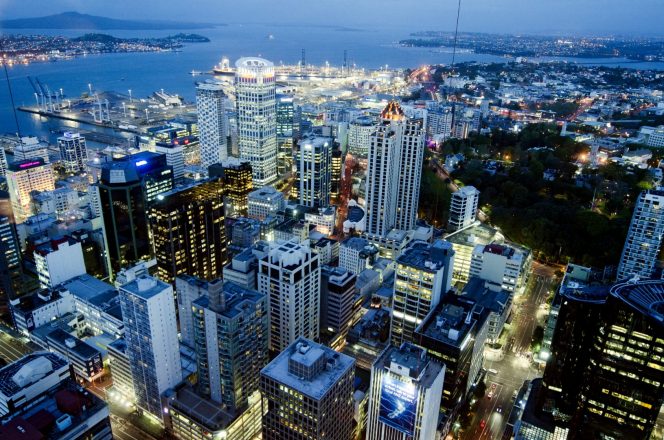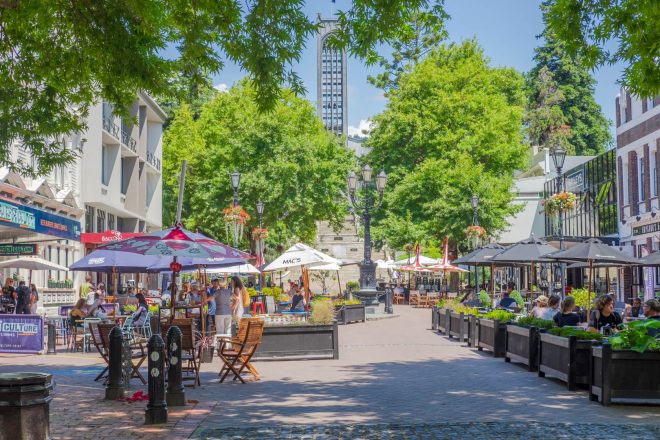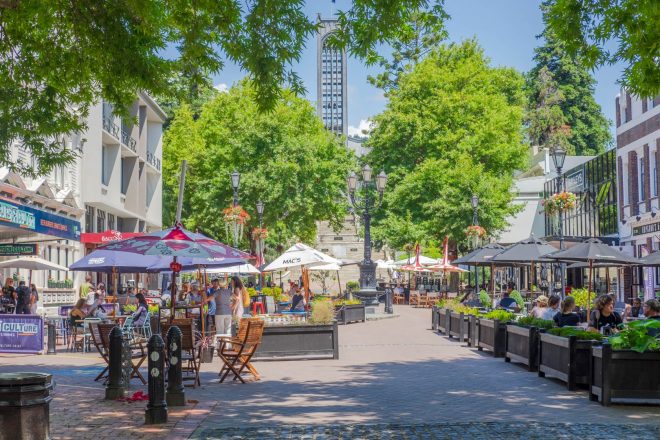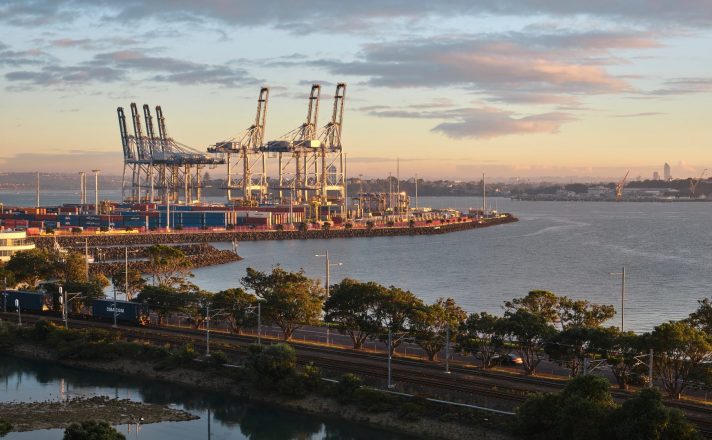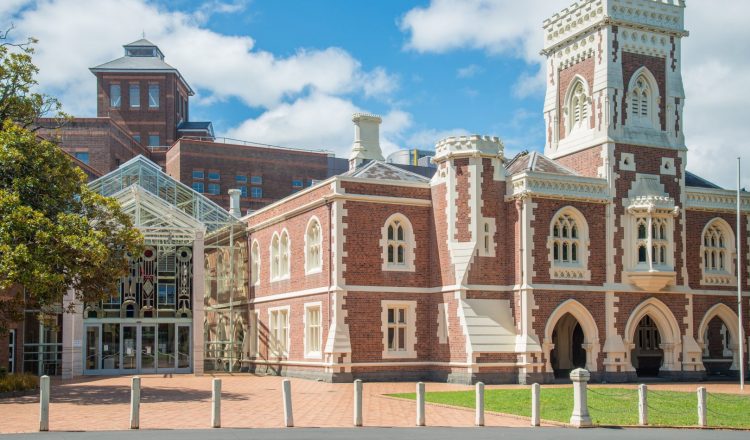Yêu cầu nộp đơn cho một công ty con địa phương
Bất kỳ công ty nào được thành lập tại New Zealand (tức là công ty con địa phương) đều phải thực hiện các yêu cầu nộp đơn và tuân thủ hàng năm liên tục sau:
(a) Nộp bản khai thuế hàng năm cho Văn phòng công ty xác nhận một số thông tin cụ thể của công ty (bao gồm văn phòng đăng ký, giám đốc, công ty cổ phần cuối cùng (nếu có) và các cổ đông của công ty);
(b) Tổ chức cuộc họp thường niên các cổ đông của công ty (hoặc thông qua nghị quyết của cổ đông bằng văn bản thay cho việc tổ chức cuộc họp); và
(c) Lập và có báo cáo tài chính hàng năm đã được kiểm toán tuân thủ thông lệ kế toán được chấp nhận chung được công nhận ở New Zealand nếu công ty (tôi) là “Pháp nhân Báo cáo FMC”; (II) một công ty “lớn”; (III) một công ty có 10 cổ đông trở lên không “chọn không tuân thủ”; hoặc (IV) một công ty có ít hơn 10 cổ đông đã “chọn tham gia” vào việc tuân thủ. Báo cáo tài chính hàng năm cũng phải được nộp cho Văn phòng Công ty trong vòng 5 tháng sau ngày cân đối nếu đơn vị được đề cập là “Đơn vị báo cáo FMC” hoặc trong vòng 4 tháng sau ngày cân đối nếu đơn vị là một công ty “lớn” với 25 % sở hữu ở nước ngoài trở lên.
“Pháp nhân báo cáo FMC” bao gồm các tổ chức phát hành các sản phẩm được quản lý (bao gồm các sản phẩm tài chính), tất cả các ngân hàng đã đăng ký, hiệp hội tòa nhà, hiệp hội tín dụng và một số tổ chức nhất định được Cơ quan thị trường tài chính cấp phép. Tuy nhiên, các công ty phát hành cổ phiếu có quyền biểu quyết có ít hơn 50 cổ đông hoặc 50 cổ phiếu được loại trừ khỏi định nghĩa này.
Một công ty có từ 25% trở lên sở hữu ở nước ngoài phải lập, kiểm toán và nộp báo cáo tài chính hàng năm cho Văn phòng Công ty nếu nó là “lớn”. Công ty như vậy sẽ “lớn” nếu áp dụng một trong những điều sau:
(a) Tại ngày cân bằng của mỗi trong hai kỳ kế toán trước đó, tổng tài sản của công ty và các công ty con của nó (nếu có) vượt quá 20 triệu NZ $ ; hoặc
(b) Trong mỗi kỳ kế toán trước đó, tổng doanh thu của công ty và các công ty con (nếu có) vượt quá 10 triệu NZ$10.
Bất kỳ kiểm toán viên nào kiểm tra báo cáo tài chính của Đơn vị báo cáo FMC đều phải có giấy phép do (hoặc, trong trường hợp là công ty kiểm toán, phải đăng ký với) Cơ quan quản lý thị trường tài chính. Kiểm toán viên của các công ty khác được yêu cầu lập báo cáo tài chính phải là kiểm toán viên “đủ tiêu chuẩn” (theo định nghĩa trong Đạo luật Báo cáo Tài chính 2013).
Không cần thiết phải lập báo cáo tài chính riêng của “công ty mẹ” cũng như báo cáo tài chính “tập đoàn”. Nếu một công ty có một hoặc nhiều công ty con, thì chỉ cần lập báo cáo tài chính đối với nhóm công ty của công ty là đủ.

















































